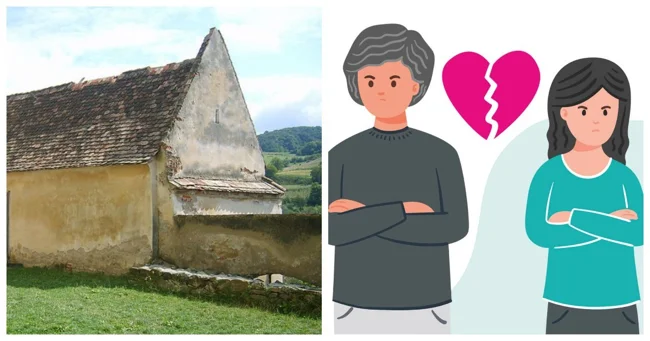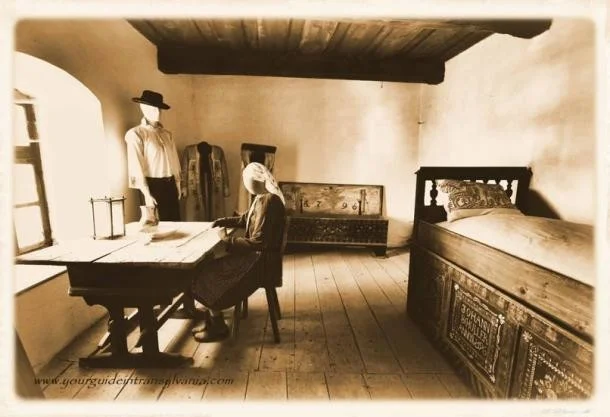Historical phenomenon - the marriage prison of Bjertan (6 photos)
Nowadays, in an attempt to save a marriage, a small proportion of spouses try to negotiate or go to a psychologist, and the majority of husbands and wives, whose paths and views have diverged, simply begin to hate each other as fervently as they sincerely gave vows of fidelity. 
But history knows the experience (and not without success) of attempts to reconcile spouses. Which, perhaps, is worth considering in relation to current realities.
On the territory of a church in a quiet village in Romania there is a small house known as the "marital prison". This is where couples whose marriages were falling apart were once sent to sort out their problems while locked away for up to two weeks. The method was so effective that records show that there has only been one divorce in the area in the last 300 years. 
Biertan Village Church, Romania
Biertan is one of more than 150 villages in Transylvania that still have fortified churches. These churches were built between the 13th and 16th centuries, when Transylvania was part of the Kingdom of Hungary and the Ottoman Empire was on the rise. To protect themselves from invasions, the most important cities in the region were completely fortified, while smaller communities built fortifications centered around a church, where defensive towers and warehouses were built to store the most valuable products, helping them to withstand long sieges. 
In Bjertan, the most important building was the church, which stood on top of a hill with walls dug deep into the ground. On the site is a small building with a room inside that is barely larger than a closet. Couples who approached their local bishop for a divorce were sent to the marital prison for a maximum of two weeks - six weeks, according to some - to work out their problems. The room was sparsely furnished: a table and chair, a storage chest, and a traditional Saxon bed. Couples trying to repair their marriage had to share everything in the tiny space, from pillows and blankets to plates and spoons. 
Marital Prison
According to Lutheranism, the religion of the Transylvanian Saxons, divorce was allowed under certain circumstances, such as adultery. But it was preferable for couples to try to save their union. If a divorce did take place, the husband had to pay his ex-wife half of his earnings, but if he remarried and divorced, the second wife had no rights to anything. 
Extremely modest furnishings
"The reason for staying together was probably not love. It was work and the desire to survive," explained Ulf Ziegler, now the priest of the church that saved marriages. "If a couple was locked inside for six weeks, it was very difficult for them to feed themselves for the next year, so it was necessary to get out and continue working together." 
The small, dark room is now a museum, but Ziegler says he still gets calls from couples who want to use the prison to repair their troubled marriages.






























